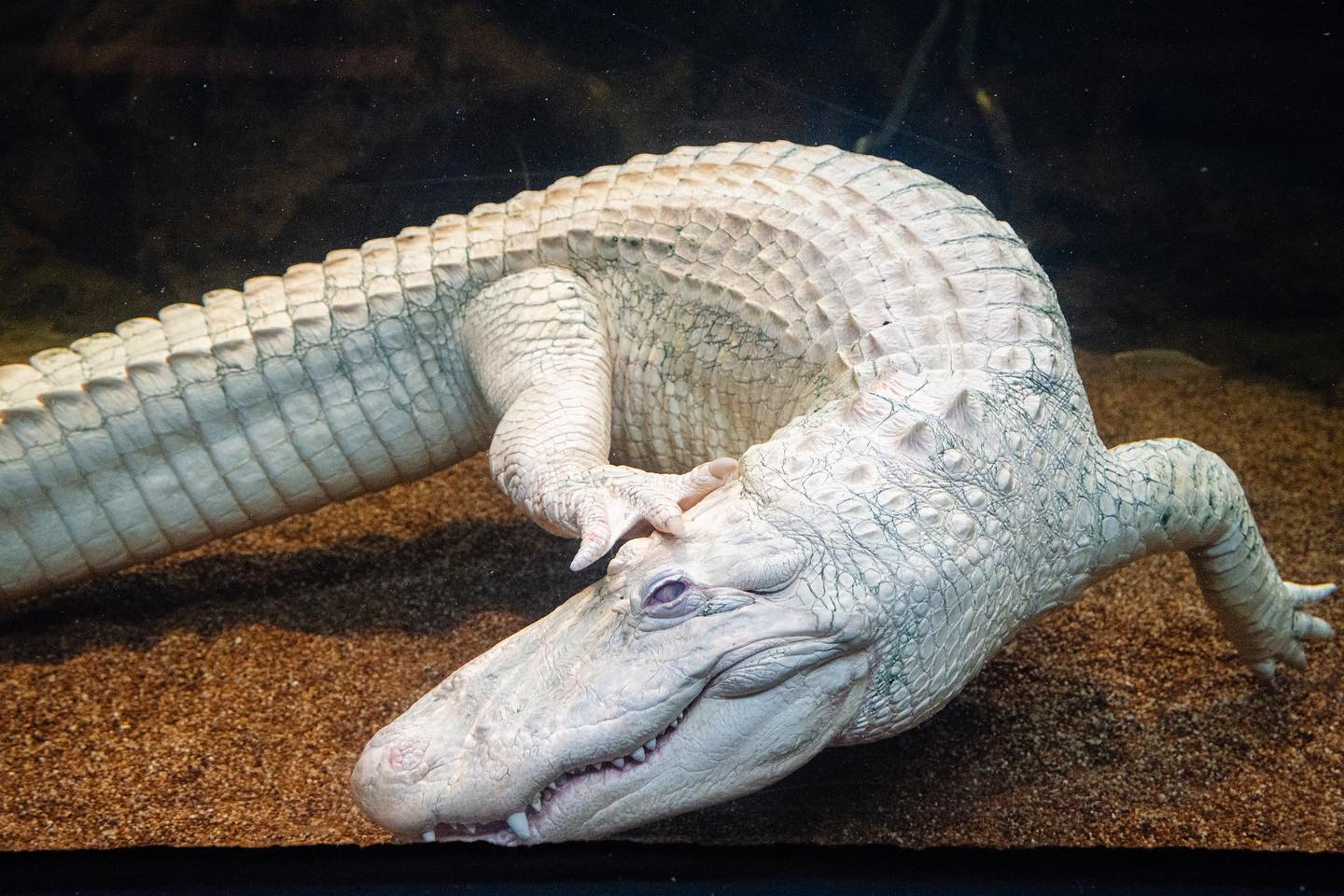– The remarkable flexibility and adaptability seen in animal behavior
– The intriguing ways in which animals resolve discomfort
– The dynamic and innovative methods of self-care in the animal kingdom
Observing animals’ seemingly odd quirks and habits has a certain charm and whimsy. One such curious behavior is when we witness a creature contorting into what can only be described as a “pretzel” to reach that one bothersome itch. While amusing to onlookers, this feat is a testament to the remarkable adaptive nature of animals and their uncanny abilities to care for themselves. Let’s unravel the mysteries behind these pretzel-like acrobatics and explore how these creatures achieve such impressive contortions.
Picture this: a warm, languid afternoon with the sun playing peekaboo through the leafy canopies. The air is thick with a symphony of insect hums and bird calls. In this serene backdrop, we often find animals engaging in their daily routines. Suddenly, you notice a creature, seemingly caught in a moment of distress, twisting and turning, reaching for a spot on its back with an almost human determination. Could it be Claude, the proverbial figure of flexibility you’ve heard about?
Claude isn’t a singular being but a playful representation of any animal exhibiting these contortive behaviors. Why does Claude do what he does, and how does this aid his survival? Let’s dive into the world of biological ingenuity and physical finesse to find out.
Scratching an itch—or, more formally, pruritus—serves a vital purpose in the animal kingdom. This seemingly simple act is a defense mechanism against parasites and other skin irritants. Removing such nuisances is critical for an animal’s health as these pests can carry diseases, cause infections, and generally weaken the well-being of our furry and feathered friends.
The flexibility witnessed in contorting critters is the product of millions of years of evolution. The anatomy of each species is fine-tuned for maximum survivability in their respective environments. For instance, take the case of a cat reaching a spot on its back with its hind leg while sitting in the most convoluted yet elegant pose. Felines have a flexible spine and no collarbone, which allows for a greater range of motion when they need to contort themselves to reach an itch or clean their fur.
On the other hand, birds may not have the same spinal flexibility but have developed an intricate dance of beak and feather to reach every spot. Ducks often perform a ballet of preening, using their beaks as tools to oil and arrange their feathers, thus eliminating any unwelcome visitors.
Primates, our closest animal relatives, exhibit an impressive range of motion in their limbs and have an added advantage—dexterity. They can use their fingers to groom and scratch with precision. This not only aids in individual hygiene but also serves as a social bond when grooming is done communally. The intricate picking and cleaning rituals are akin to the dynamics seen in any social gathering, a blend of necessity and social etiquette.
Now, let’s consider the creatures who live underwater. Marine mammals like dolphins and whales clearly can’t scratch their itches like terrestrial animals. They rely on their environment for assistance, often seen rubbing against corals or other abrasive surfaces. This act of scratching dislodges irritants and helps remove dead skin and parasites.
But it isn’t just about removing irritants; it’s also about how animals soothe the resulting itch. Elephants, those gentle giants, have been observed covering themselves in mud, which not only cools them down and provides a protective layer against the sun but also soothes any spots that irritate them.
Perhaps no animal better illustrates the extremes of self-scratching than bears. Anyone who’s had the joy of watching these creatures has probably seen them using large trees or rocks as scratch posts, pushing and rubbing against them with an almost palpable enjoyment. These natural scratchers relieve the bears and serve as a means of communication, leaving scent marks that convey messages to other bears in the area.
In the insect world, the behavior might be more difficult to spot with the naked eye, but it’s equally fascinating. Ants, for example, have been observed cleaning their antennae regularly, pulling them through their mouthparts. This meticulous act might not be scratching in the classic sense, but it’s a crucial maintenance behavior for these tiny creatures.
Yet, all these acts have in common the self-care animals practice instinctively. They serve as living lessons in tending to one’s well-being, returning us to our lives. When did you last stretch like a cat or take a moment to soothe your irritations?
In a way, humans have taken a page from the animal handbook with various inventions and techniques. Back scratchers, soothing balms, and yoga poses that seemingly mirror our animal counterparts are modern echoes of the ancient art of itch relief.
As we page through the diary of natural wisdom, we find that much can be learned from the pretzel-like contortions of our animal friends. They remind us of our enduring connection with the wild and the importance of listening to our bodies. When something doesn’t feel right, our first instinct is to reach, twist, and turn, much like Claude and his kin.
In conclusion, the animals around us, with their impressive acrobatic skills, mirror nature’s ingenuity. They provide a paradigm of adaptation and an entertaining spectacle that reminds us of the delicate balance in which all living creatures coexist.
So next time you’re fortunate enough to witness a Claude in action, take a moment to marvel at the spectacle and its wisdom. The itch and the scratch are more than a moment of irritation being addressed; they’re a symbol of life’s constant movement toward comfort, health, and well-being.
*****
Source Description
Turns out Claude is a pretty effective pretzel when there’s an itch to scratch.


